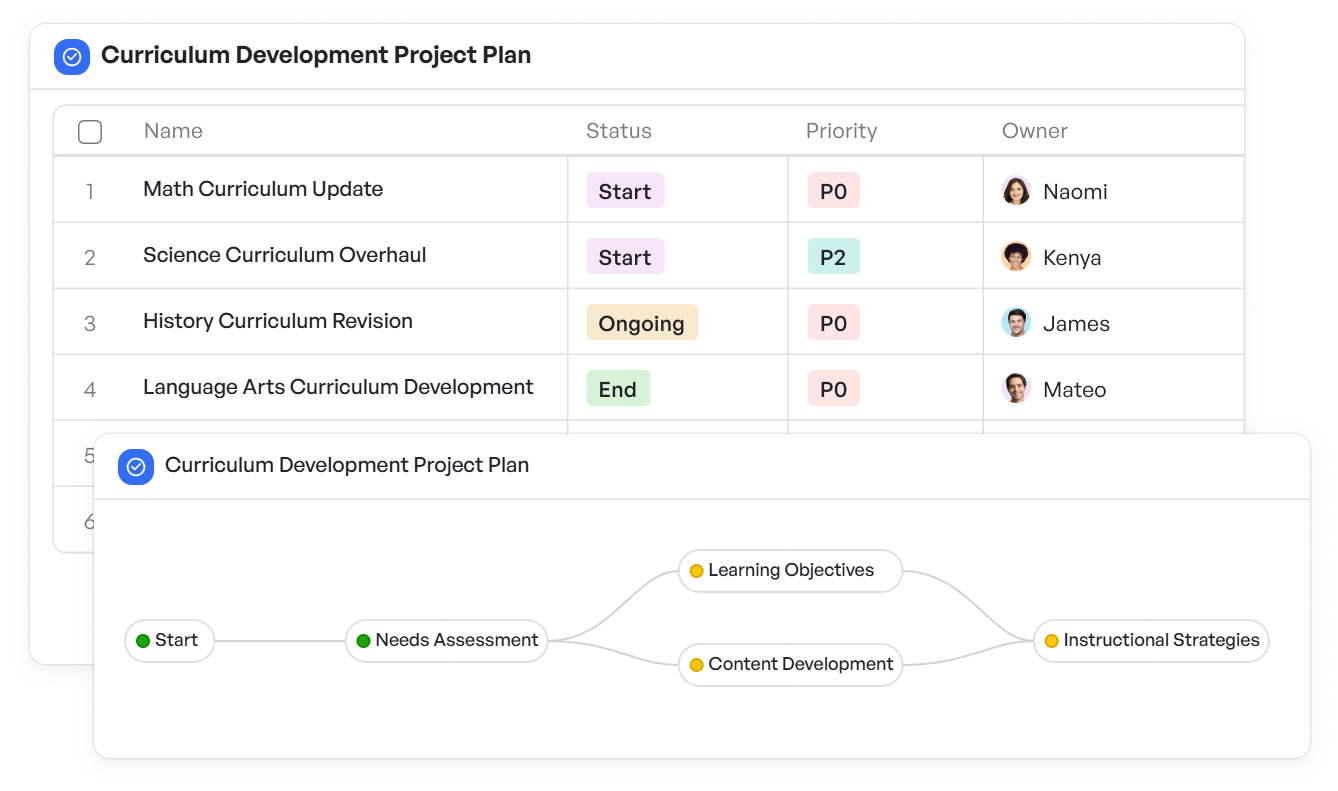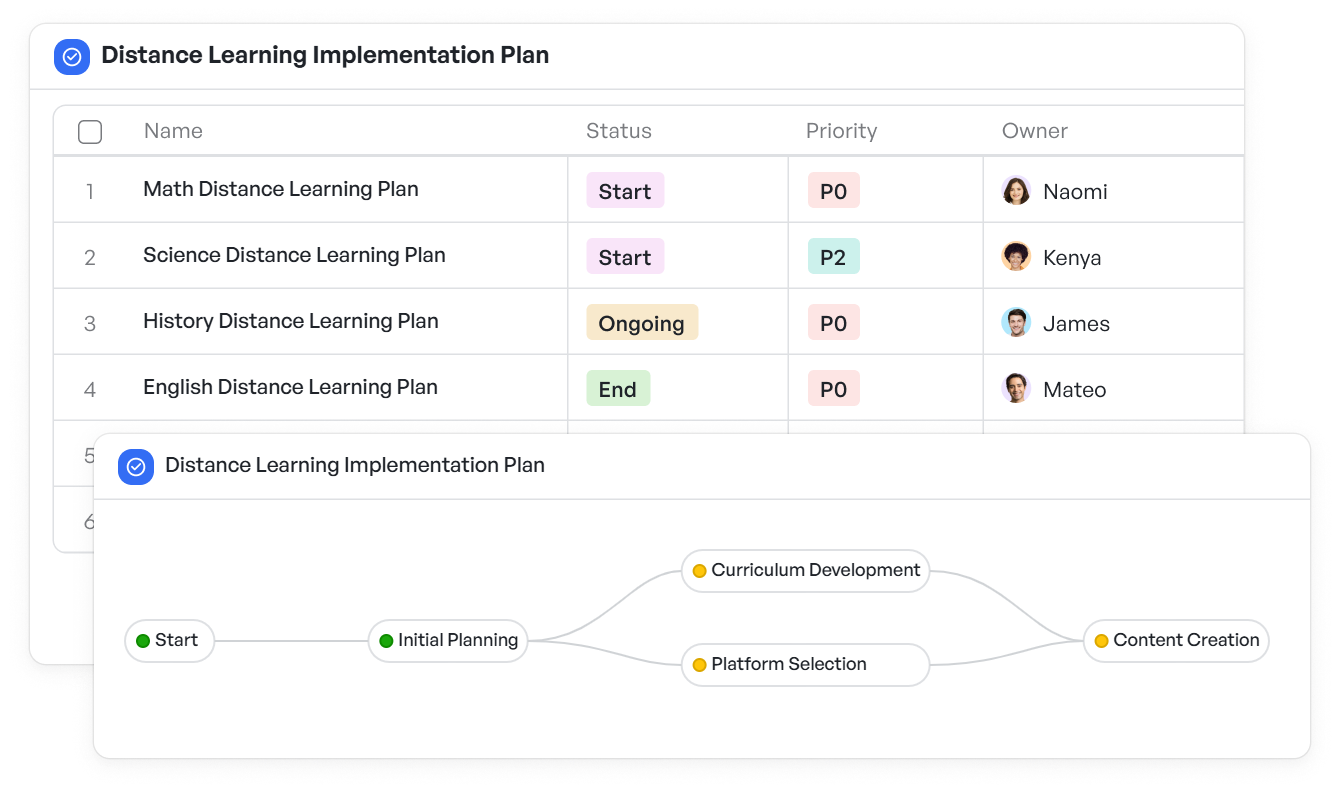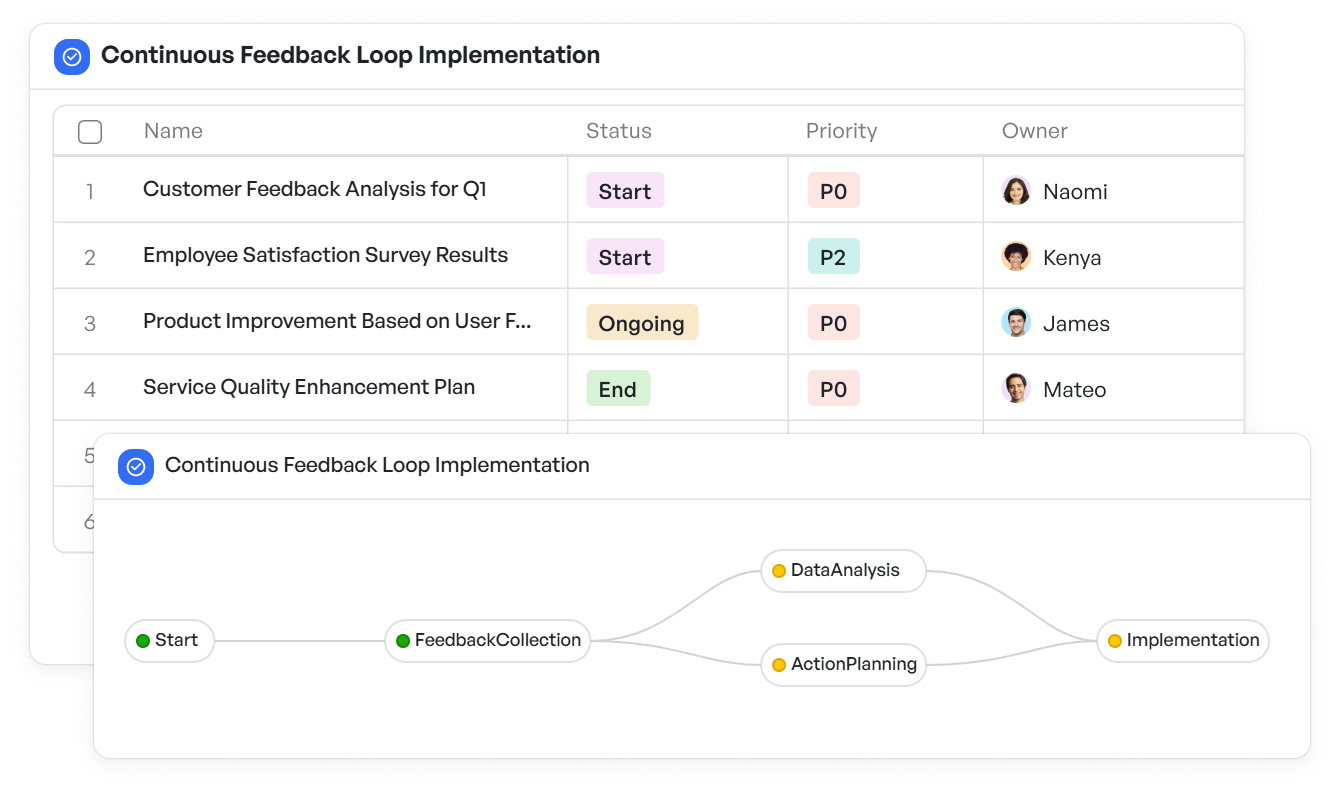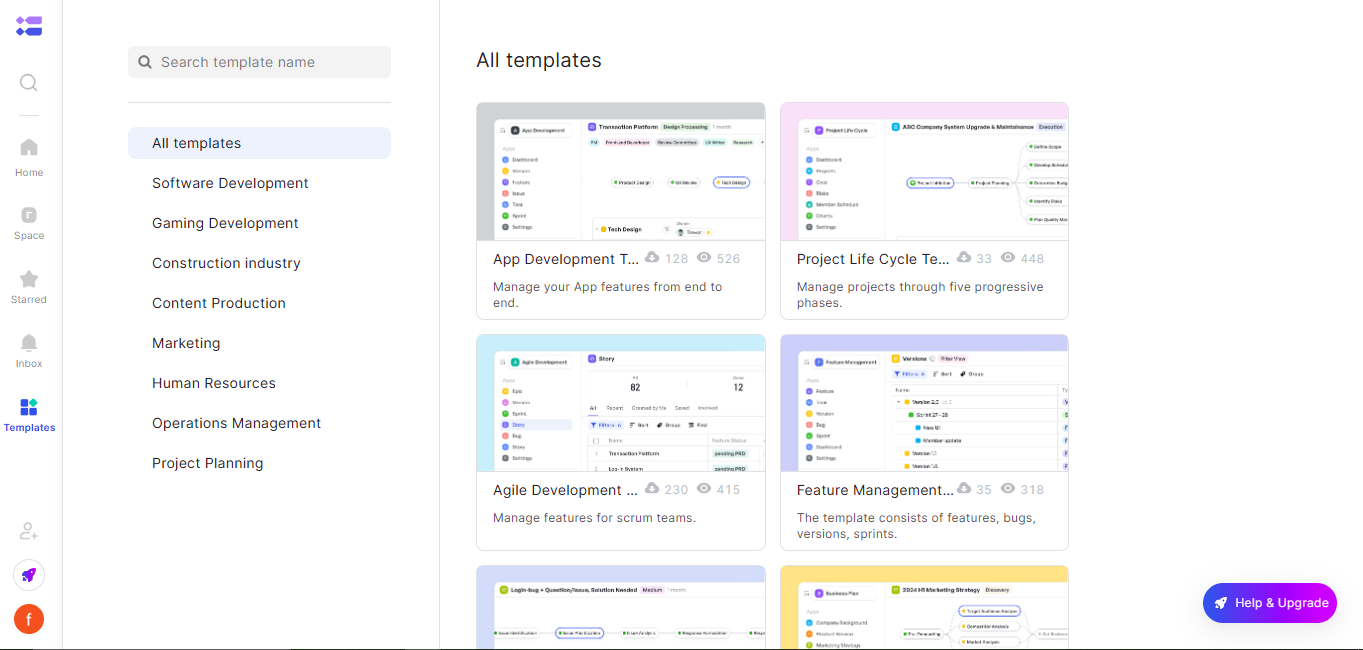How to Implement Pair Programming in Education

In the world of education, collaboration is a key element that fosters active engagement, promotes critical thinking, and enhances overall learning outcomes. Pair programming, traditionally associated with software development, has found a valuable place in educational settings.
By integrating this method into learning institutions, educators can foster collaboration, problem-solving, and peer learning, which are essential skills in today’s ever-evolving world.
In this article, we will explore how pair programming works in education, its benefits, challenges, and how educational institutions can implement it effectively.
What is Pair Programming in Education?
Pair programming involves two individuals working together at one computer to complete a task. One person, known as the driver, writes the code (or, in the case of education, executes the task), while the other, called the navigator, reviews the work, suggests improvements, and provides guidance. This dynamic encourages collaboration and knowledge sharing, and in an educational context, it can be adapted to various subjects beyond software development.
6 Benefits of Pair Programming in Education
Pair programming isn’t just about getting learners to work together—it's about improving the overall learning process. The following are some key benefits that pair programming offers in an educational setting:
1. Increased Engagement and Motivation
When learners work together, the task becomes more interactive. Rather than tackling problems individually, learners engage with each other’s ideas, which promotes deeper understanding and greater motivation. Pair programming encourages learners to get educated from each other, and the sense of teamwork can make the task more enjoyable.
For example, if you’re looking to incorporate pair programming into your curriculum planning, you might refer to a curriculum development project plan, which outlines how educators can structure collaborative activities effectively.
 Integrate pair programming into your collaborative learning activities
Integrate pair programming into your collaborative learning activities2. Enhanced Problem-Solving Skills
By working in pairs, you have the opportunity to solve problems collaboratively. The constant exchange of ideas between the driver and navigator promotes creative thinking and enhances problem-solving skills. This method can be particularly beneficial in subjects like mathematics, coding, or even writing assignments, where brainstorming and collaboration are essential for finding the best solutions.
As pair programming also works well in distance learning environments, educators can use a Distance Learning Implementation Plan to introduce pair programming as part of an online learning structure, ensuring learners remain engaged even in virtual classrooms.
 Incorporate pair programming into virtual classrooms and keep learners engaged
Incorporate pair programming into virtual classrooms and keep learners engaged3. Improved Communication and Collaboration
Pair programming is an excellent way to develop soft skills such as communication, collaboration, and conflict resolution. Since both learners have to explain their ideas to each other and provide constructive feedback, they develop their ability to articulate their thoughts clearly. Moreover, working together on complex tasks helps learners understand how to manage their time and work effectively in a group setting.
4. Immediate Feedback and Continuous Learning
One of the most powerful aspects of pair programming is the ability to receive immediate feedback. While one student is working on the task, the other can offer real-time suggestions and corrections. This reduces the time spent on mistakes and increases the likelihood of learning from errors. This continuous feedback loop ensures that learners are constantly improving and refining their skills.
 Create a feedback-rich environment, allowing learners to benefit from real-time suggestions and continuous improvement
Create a feedback-rich environment, allowing learners to benefit from real-time suggestions and continuous improvement5. Promotes Active Learning
Pair programming shifts the focus from passive learning to active involvement. Rather than simply listening to a lecture or reading from a textbook, learners become actively involved in the learning process. They take ownership of the task and learn through doing, which has been shown to improve retention and comprehension.
6. Greater Inclusivity and Accessibility
Pair programming encourages learners of different skill levels to work together, making it an inclusive method of learning. A less confident student can benefit from the guidance of a more experienced peer, while the more experienced student can reinforce their own knowledge by explaining concepts to someone else. This mutual learning environment ensures that no student is left behind.
How Pair Programming in Education Benefits Different Disciplines
While pair programming is often linked to coding and software development, its principles can be applied to a variety of subjects. Here are some examples of how pair programming can be utilized in different fields of education:
1. Mathematics
In math classrooms, pair programming can be used to solve complex problems or work through mathematical proofs. One student may write the solution or work through the calculations, while the other reviews the process and offers suggestions. This method helps learners spot errors, refine their logic, and understand the reasoning behind their steps.
2. Science
In science education, pair programming can assist learners in conducting experiments, analyzing data, or constructing scientific models. By working together, learners can share their findings, analyze data sets, and collaborate on drawing conclusions from experiments.
Pair programming is highly effective in scientific education, particularly in fields that involve complex data analysis, hypothesis testing, and experimental design. In science classrooms, pair programming allows learners to collaboratively explore data, generate hypotheses, and develop experiments. This method fosters creativity by enabling immediate feedback between learners, enhancing their problem-solving and critical thinking skills as they work through complex scientific problems together.
For example, in data science or fields like biology and chemistry, where data analysis is crucial, pair programming encourages learners to collaboratively analyze large datasets, design experiments, and troubleshoot issues. By sharing the coding responsibilities, learners can leverage each other's strengths, improve the accuracy of their work, and deepen their understanding of scientific principles.
Furthermore, the method promotes better reproducibility in experiments by ensuring that learners document and refine their code collaboratively, leading to more reliable and consistent results. This collaborative approach to scientific exploration prepares learners for real-world scientific work, where teamwork and iterative problem-solving are essential.
3. Writing and Humanities
Even in writing or humanities subjects, pair programming can be an effective tool. learners can work together to brainstorm ideas, write drafts, and edit papers. The feedback provided by their partner helps improve the clarity, structure, and arguments within their work, ultimately leading to stronger written communication skills.
4. Art and Design
Pair programming principles can also be applied to creative fields such as art and design. Two learners can collaborate on a design project, offering feedback and ideas on color choices, layouts, or conceptual approaches. Working together can lead to more innovative outcomes while also building valuable teamwork skills.
Pair programming is highly effective in art and design projects, especially in the context of pair designing, says Creativebloq. This approach involves two designers with complementary skills working together on a project. One designer may specialize in information architecture or strategy, while the other excels in visual design, interaction design, or storytelling. Collaborating in this way allows for faster idea generation, better refinement of concepts, and improved overall design quality.
Pair designing enables designers to leverage each other’s strengths, providing a broader perspective on the project and avoiding the limitations of individual biases. For example, in creative fields like graphic design or product design, this method encourages the generation of diverse ideas and ensures that every aspect of the design process, from conceptualization to execution, is carefully considered and enhanced through collaborative feedback.
Furthermore, this collaborative process promotes better communication and empathy between designers, as they actively listen to and challenge each other’s ideas, ultimately leading to more innovative and cohesive design solutions. This practice is not only efficient but also helps create designs that resonate better with users by ensuring a well-rounded approach to meeting their needs and expectations.
4 Challenges in Implementing Pair Programming in Education
While pair programming has clear benefits, there are also some challenges that educators may face when implementing this strategy in the field of education. Understanding these challenges and finding ways to mitigate them can help ensure successful adoption.
1. Mismatched Skill Levels
In any pair programming scenario, it's important to match learners with similar skill levels to ensure a productive collaboration. If one student is much more advanced than the other, the less experienced learner may feel overwhelmed, while the more advanced student might become frustrated by the slower pace. Educators can overcome this challenge by pairing learners thoughtfully or by encouraging more experienced learners to mentor their peers.
2. Resistance to Collaboration
Some learners may resist working in pairs, either due to personality conflicts or a preference for independent work. In these cases, it's essential for educators to create a classroom culture that values collaboration and teamwork. Setting clear expectations and fostering an environment of trust and mutual respect will help reduce resistance.
3. Time Management
Pair programming requires learners to manage their time effectively to complete tasks within a set period. This can be challenging, especially for younger learners who may be new to collaborative work. Educators can help by setting clear goals, providing time constraints, and monitoring progress to keep learners on track.
4. Uneven Participation
There’s always a risk that one student in the pair may take on a more dominant role, while the other may become passive. To prevent this, educators can implement strategies to ensure that both learners are actively engaged in the task. This could include rotating roles frequently or setting specific tasks for each student to complete during the session.
Top 5 Practices for Implementing Pair Programming in Education
To make the most of pair programming, educators should keep the following best practices in mind:
- Define Clear Roles: Ensure that each student understands their role within the pair, whether as a driver or navigator. Clear expectations prevent confusion and help keep both learners actively involved.
- Foster a Collaborative Environment: Create an environment where collaboration is encouraged and valued. This can be achieved by setting up rules for constructive feedback, promoting open communication, and emphasizing the benefits of teamwork.
- Provide Structure and Guidance: While pair programming is a flexible technique, it’s important to provide structure and guidance, especially for beginners. Offer clear instructions, set goals, and provide a framework for learners to follow.
- Rotate Partners Regularly: Rotating partners regularly helps learners experience working with different peers, expanding their perspectives, and increasing their collaboration skills.
- Monitor Progress and Offer Support: Be actively involved in the process by monitoring student progress and offering support when necessary. Intervene if you notice one student dominating or if collaboration is not taking place effectively.
Fostering Collaboration for Better Learning Outcomes
Pair programming in education offers numerous benefits, including enhanced collaboration, increased problem-solving skills, and improved communication. By promoting active learning and providing immediate feedback, this technique encourages deeper engagement and a more inclusive learning environment.
Whether it's coding, mathematics, writing, or even art, pair programming can be applied across a variety of subjects to improve learning outcomes.
For educators looking to implement pair programming effectively, Meegle's visualized workflow and project management tools can provide the structure and support necessary to facilitate collaboration and track progress seamlessly.
 Meegle's customizable templates
Meegle's customizable templatesWith Meegle, make pair programming in education smoother, more effective, and easier to manage.
The world’s #1 visualized project management tool
Powered by the next gen visual workflow engineRead More
Check All BlogsStart creating impactful work today



